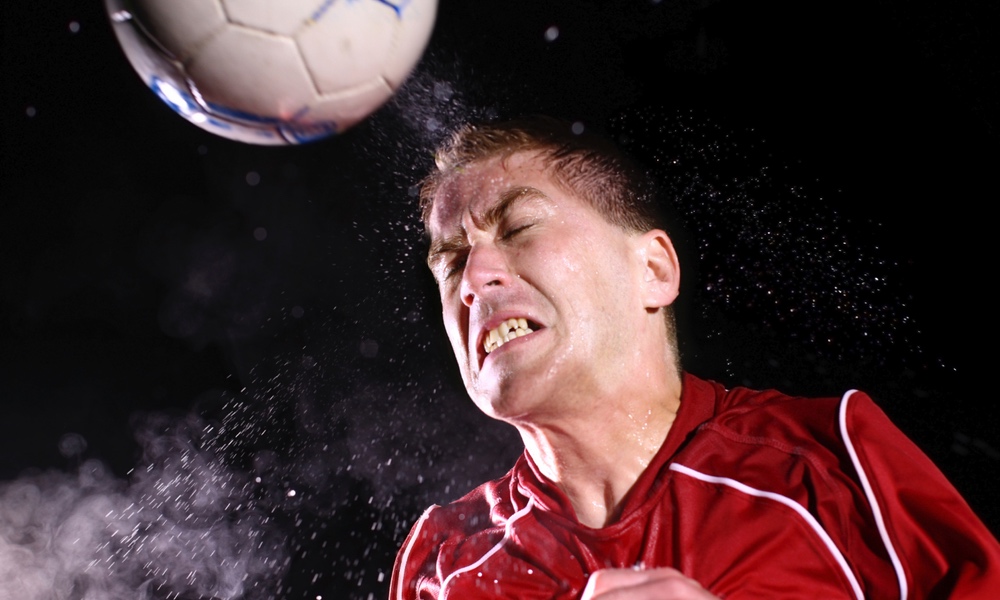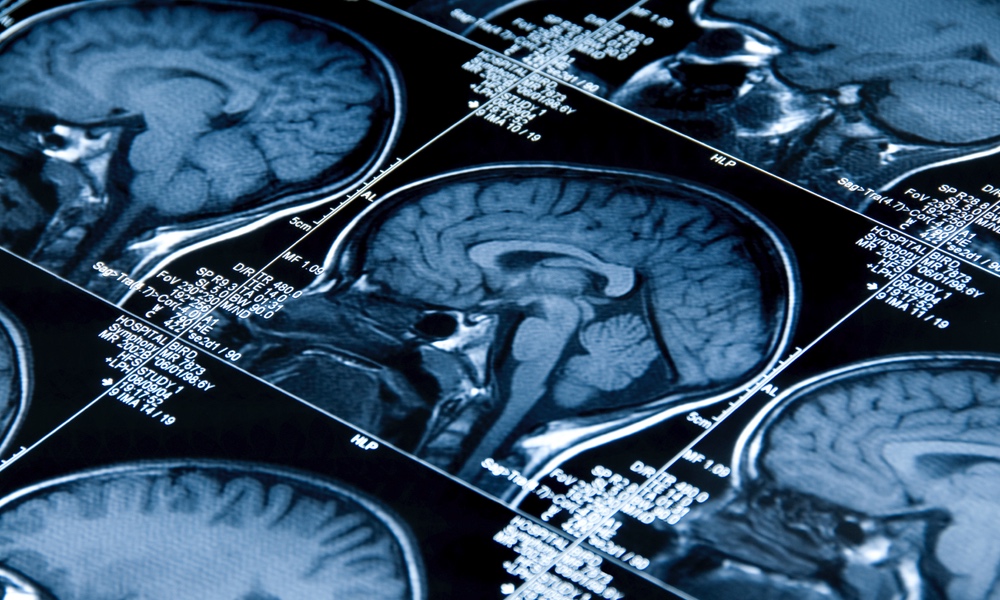Soccer has increased its popularity among American sports players in recent years, but the practice of heading – directing the ball with one's head – has been a cause for concern.
Awareness of the risks of sports-related concussions is rising in light of problems among professional American football and hockey players. Now, a new study suggests that repeated “heading” of soccer balls among amateur and professional players can result in brain damage and a gradual decline in thinking and coordination skills.
Amateur soccer players who headed the ball over 1,500 times a year suffered from damage to their nerve cells, specifically the axonal tracts that link neurons together and are essential for cellular communication throughout the brain.
It also has the brain images to prove it. The study was the first to image the brains of soccer players using an advanced MRI technique, called Diffusion Tensor Imaging (DTI). DTI measures the rate of water diffusion within neural tissues to produce three-dimensional images of the brain and its tracts and connections.
The study was conducted using 32 amateur soccer players with an average age of 30.8 years. All of the subjects played soccer since childhood. The participants filled out surveys estimating how often they headed the ball on a yearly basis and the researchers ranked the players based on heading frequency. All of the subjects then underwent DTI and the investigators compared the brain images from those with the highest heading frequency and looked for differences with images from the remaining players.
In the brains of players with the highest frequency of headers, the investigators found axonal damage in five separate regions of the brain. These areas are critical for attention, memory, executive functioning and higher-order visual functions.
The researchers also found an inverse statistical correlation between the frequency of headers and the rate of water diffusion throughout the axons. In players who headed the ball more frequently, the rate of diffusion was lower, indicative of damaged white matter in the brain.
“What we’ve shown here is compelling evidence that there are brain changes that look like traumatic brain injury as a result of heading a soccer ball with high frequency,” Dr. Michael Lipton, associate director of the Gruss Magnetic Resonance Center at Albert Einstein College of Medicine, and leader of the study told TheDoctor. “Given that soccer is the most popular sport worldwide and is played extensively by children, these are findings that should be taken into consideration in order to protect soccer players.”
These results are beginning to motivate coaches and players to take a closer look at possible methods of protection – including the possibility of players wearing helmets.
The study was presented in November at the Radiological Society of North American annual meeting in Chicago, Ill. It has not yet been published in a peer-reviewed journal.





